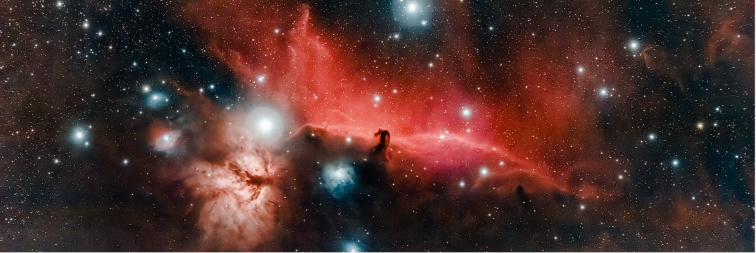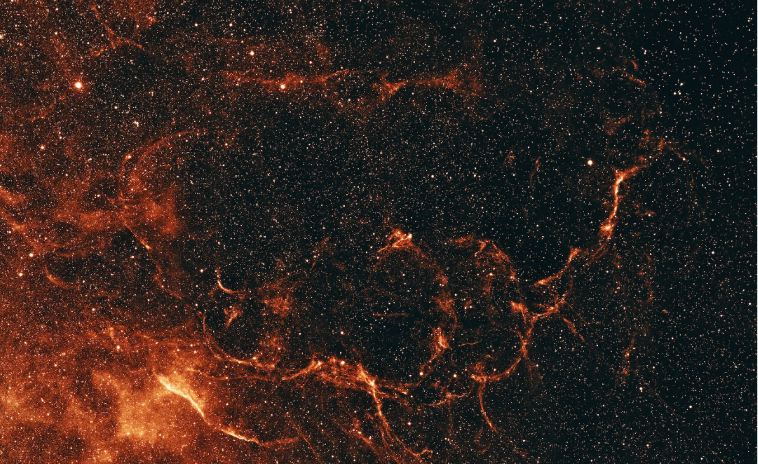The Crab Nebula: M1

If you have to choose a favorite nebula, choose M1. It was shrouded in mystery for centuries and remained completely enigmatic until the new age. It is a source of important data.
M is extremely interesting and has many aspects that make it so. Historical, astrophysical, aesthetic – just a few adjectives to describe this beautiful nebula.
When it appeared in the sky, on July 6, 1054, it confused the ancient Chinese astronomers and they wrote in their annals that a new star suddenly appeared in the sky that was clearly visible even during daylight. It had a brightness of -6th magnitude and was brighter than Venus.
There are also some Arabic records from the same era about the new star, and from some drawings of American Indians it can be concluded that the new star caught their eye as well. The only ones who didn’t see it were the Europeans.
But how is that possible?
The star was visible for several weeks, almost a month, during the day. And even when after that she faded and her glow faded, she was clearly visible at night for two whole years.
There are some explanations for this mystery. That year 1054 was the year when the Christian church split into Roman Catholic and Orthodox, which was a great shock for the church, so the disturbance in heaven may have had some religious significance.
Apart from that, the appearance of a new star was directly contrary to the church’s teaching that the heavens behind the Moon are unchanging – so the church was not ready to make any waves now, and that’s why in Europe they pretended that nothing had happened.
Centuries passed, and then, in 1731, the English astronomer John Bevis noticed a spot in the sky, which would turn out to be the then already forgotten Chinese star.
A little later, in 1758, the same object was spotted by Charles Messier, who included it in his now-famous catalog of celestial objects under the number 1 (M1) and thus spread its fame among both professional and amateur astronomers.
Then the same star was spotted in 1844 by the Irish astronomer William Pasnons, the third Earl of Ross, who observed it through his 36-inch telescope and based on its shape gave it the name Cancer or as some call it the Crab Nebula.

But the connection between Cancer and the supernova of 1054 was not clear until the beginning of the 20th century. Then astronomers began to understand nebulae. Rudolf Minkowski, a German-American astronomer concluded that the star in the center of the nebula has an unusual optical spectrum and that it is the driving force of the entire nebula.
Since then, knowledge about the Crab Nebula has grown and today it is known to be the result of a supernova explosion and the ejection of the outer layers of the star. The central star is a pulsar, a neutron star that rotates 30.2 times per second, has a diameter of 19 kilometers and houses a mass greater than the mass of the Sun.
Clouds of gases ejected from the star spread into space at a speed of 1,600 kilometers per second. Today, this nebula occupies a space of 10 light years. But as the nebula expands, it becomes fainter and soon, in 100,000 years, it will disperse beyond recognition and thus disappear forever.

